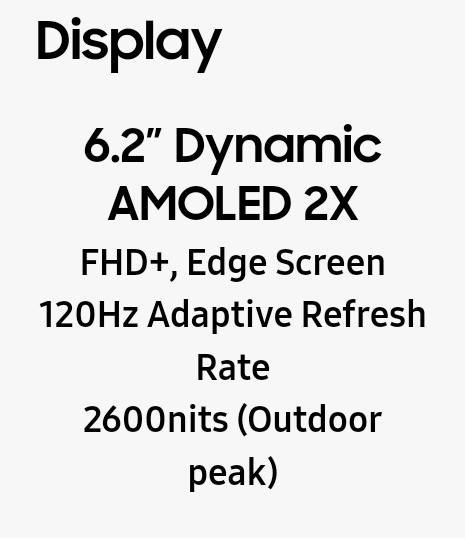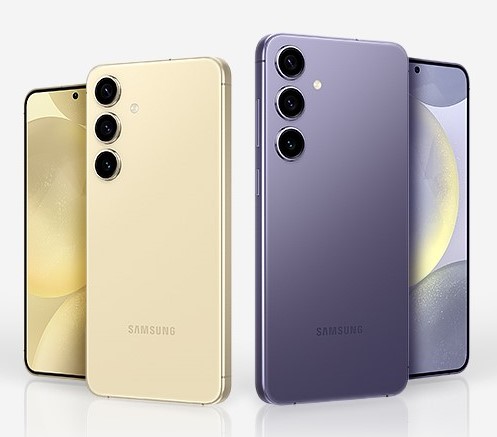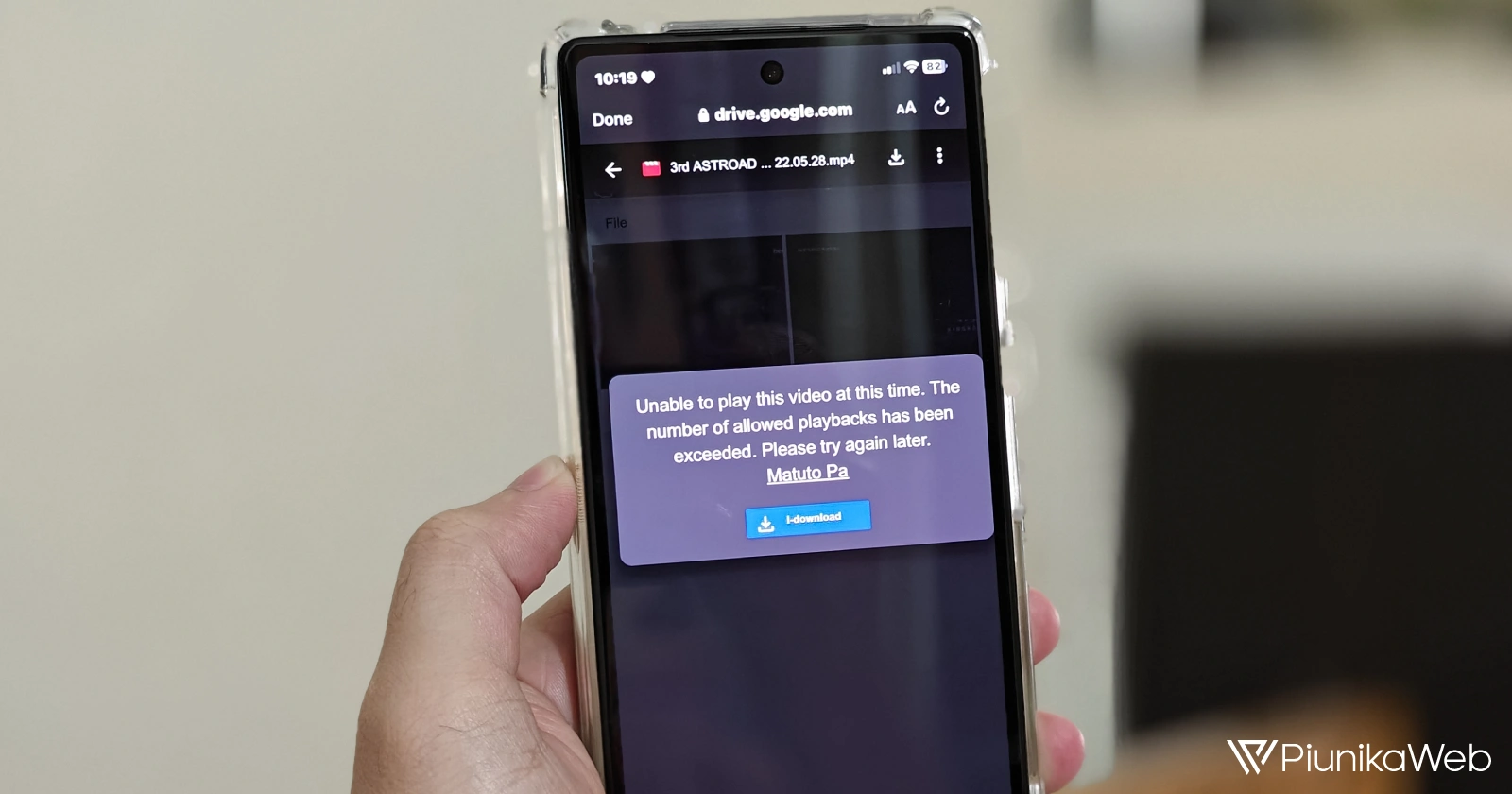The Galaxy S24 series was recently launched, boasting an impressive set of specs and the Galaxy AI suite that puts it on par with the Pixel 8 series in terms of AI-powered features. One of the most notable aspects of Samsung smartphones is their screen, and it is not surprising, since the company is also a specialist in manufacturing this component.
For the Galaxy S24 series, Samsung improved the peak brightness of the vanilla model, now reaching 2,600 nits. In comparison, its predecessor (vanilla Galaxy S23) supports 1,750 nits of peak brightness. That said, it is remarkable how the peak brightness on the most affordable Galaxy S24 exceeds the 2,400 nits of the Pixel 8 Pro, Google’s most powerful flagship phone. This stands out even more after seeing the price difference between them ($799 vs. $999).
As part of the collaborative work that Samsung and Google have been doing to improve both their products and the Android ecosystem, Pixel devices use Samsung screens, although they are not betting on the most advanced model available but rather one that allows them to offer a very high visual quality while maintaining production costs under control. Still, the peak brightness of the Pixel 8 Pro’s display got a massive upgrade compared to the Pixel 7 Pro (2,400 nits vs. 1,500 nits).
Notably, in today’s industry, the numbers offered by both devices ‘pale’ compared to other big brands that are promoting incredible peak brightness support in their devices as one of the main selling points. For instance, both the OnePlus 12 and the OnePlus 12R (a more affordable version focused on performance) boast of supporting up to 4,500 nits in this section, which leaves the mobile flagships of both Google and Samsung far behind. However, this has a ‘trick’ behind it.
The difference in peak brightness is even bigger than it seems in favor of Samsung
The ‘peak brightness’ that multiple brands advertise on their devices usually does not refer to the maximum figure that they can reach under normal conditions of use, but rather the one that can reach certain sections of the screen under specific conditions of use (such as during HDR playback). Those brands promote two ‘types’ of maximum brightness: ‘peak brightness’ and ‘HMB’. The latter is what indicates the maximum nits the screen can support in a sustained manner.
For example, in the case of the aforementioned OnePlus 12, they promote 4,500 nits of peak brightness, but they also mention that it supports a maximum of 1,600 nits of brightness on HBM. However, Samsung seems to have a different approach, since on their official website they mention the peak brightness of their devices’ screens as ‘Outdoor peak’, suggesting that it is the maximum brightness figure that the entire panel can reach under sunlight (normal conditions of use):

That is, Samsung seems to promote the HBM brightness of its devices as the real ‘peak brightness’ that they can achieve instead of playing with numbers in favor of marketing. Meanwhile, the Pixel 8 Pro supports a maximum of 1,600 nits in HBM, and this is the figure it can reach in common use cases, such as being under direct sunlight. So, the difference is even more marked in favor of Samsung’s flagship.
In short, even the vanilla Galaxy S24 offers impressive screen specs, while Google’s most expensive flagship falls behind with respect to maximum brightness, something they should solve for future generations, especially if prices continue to rise.



